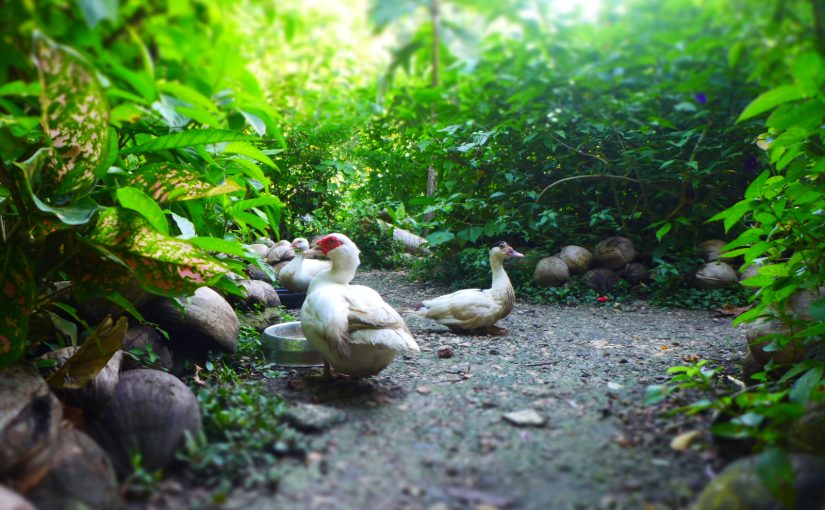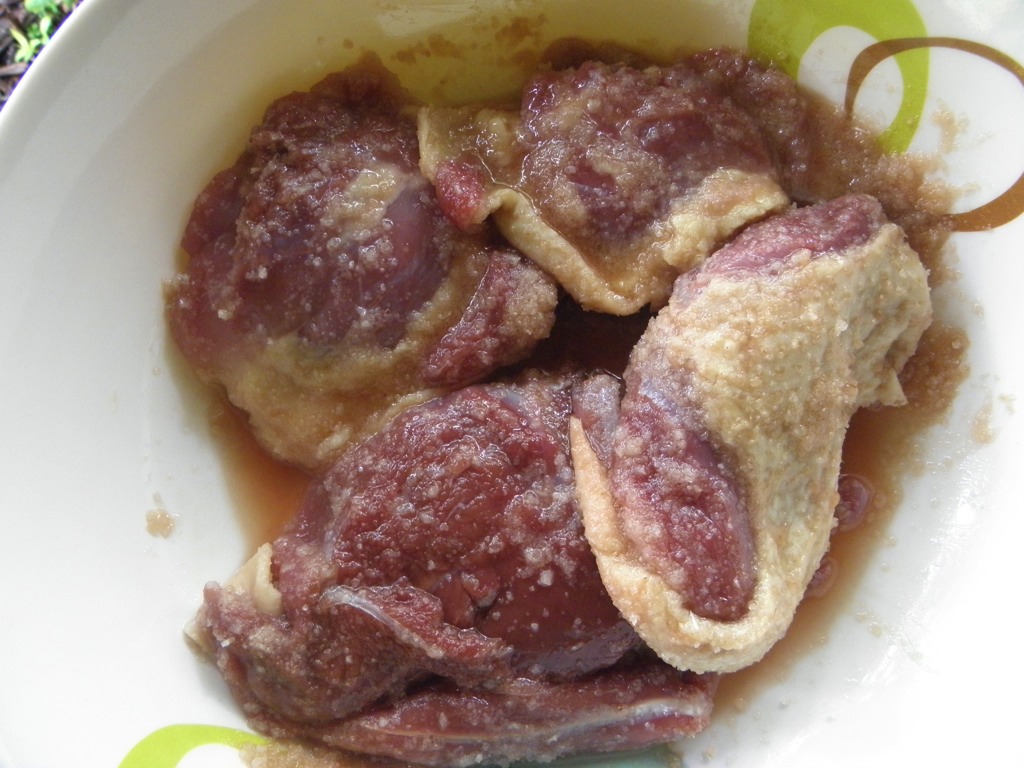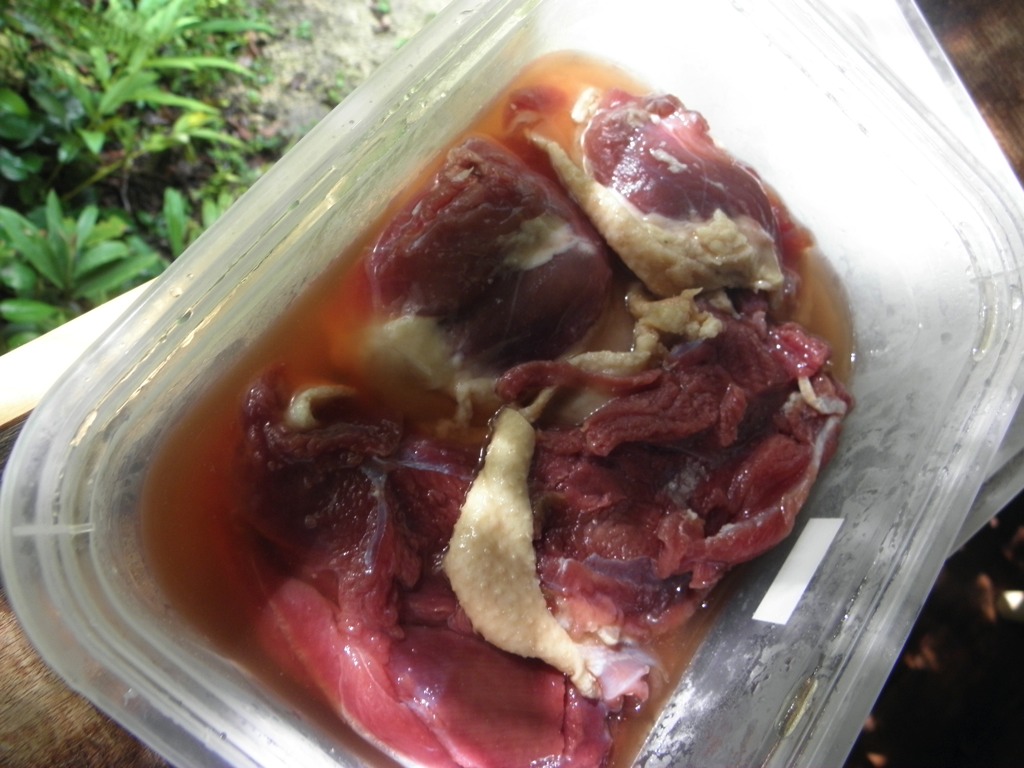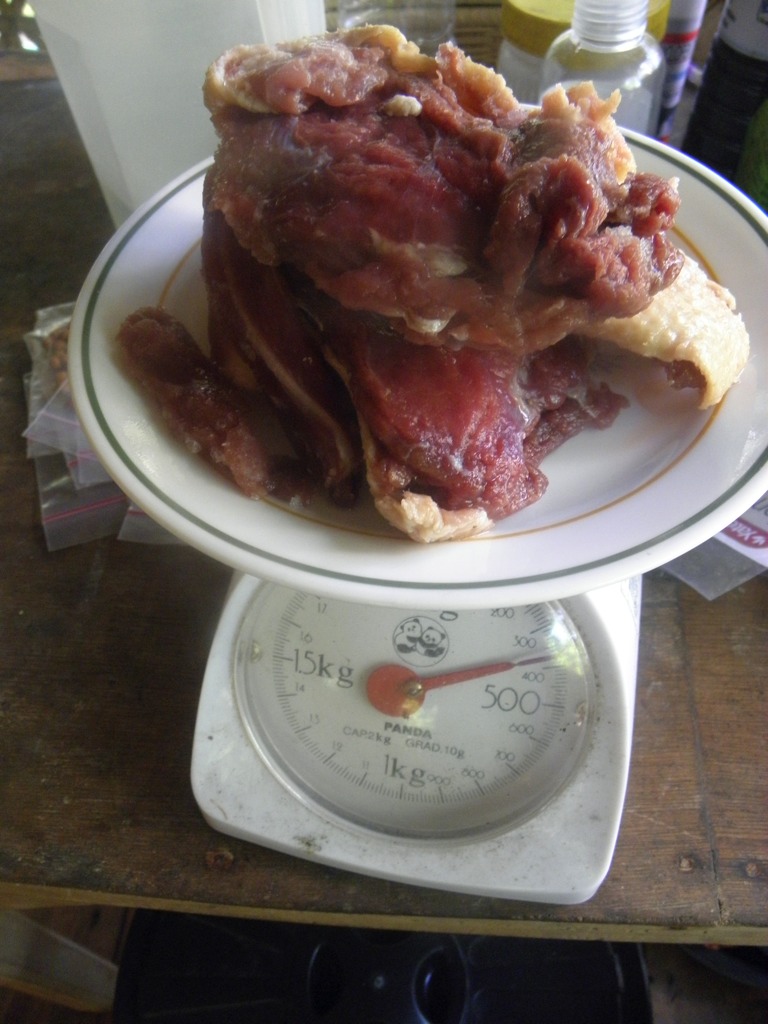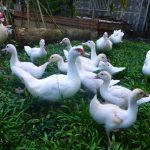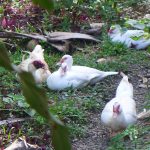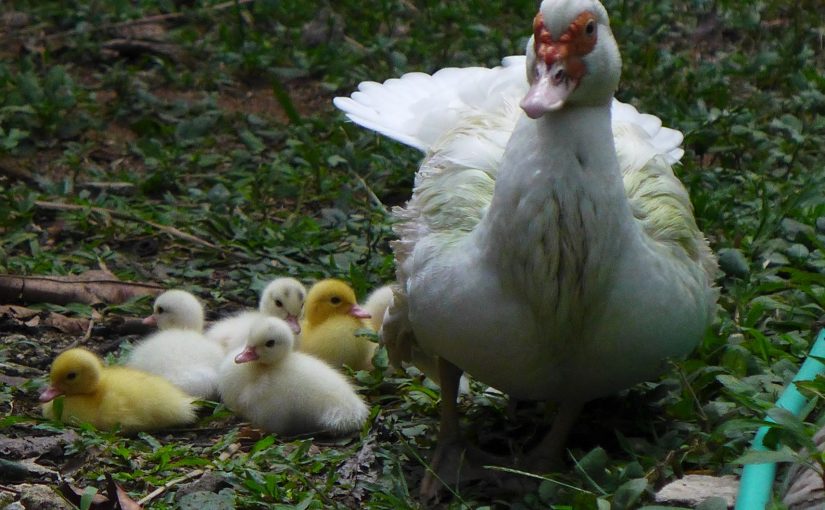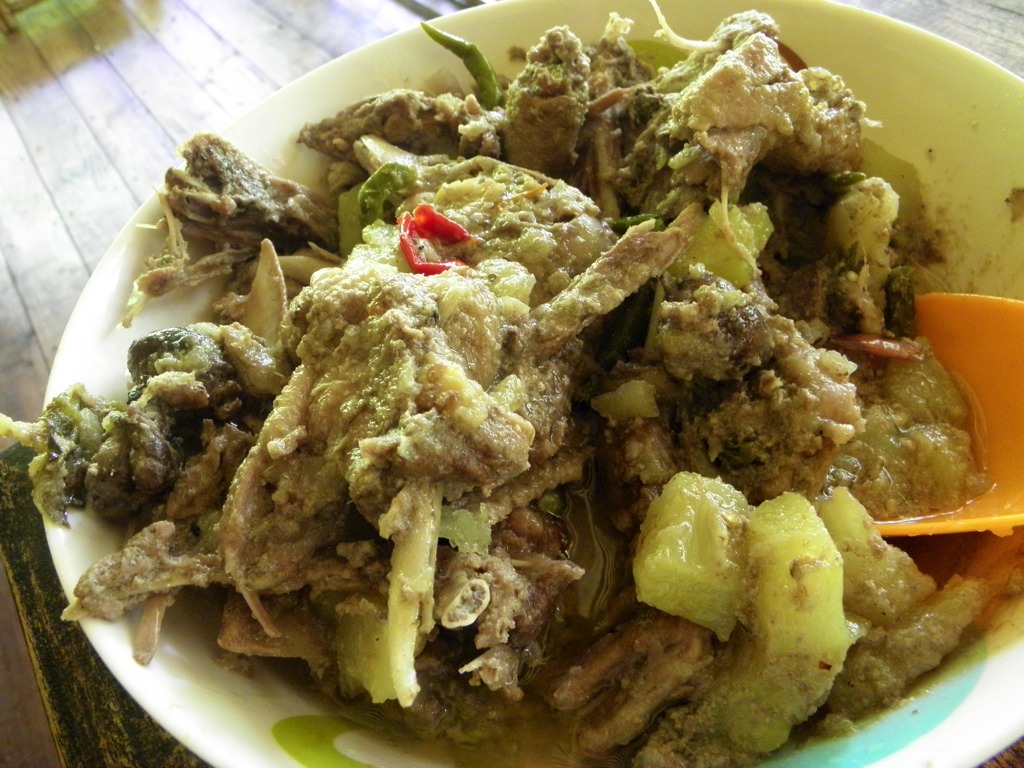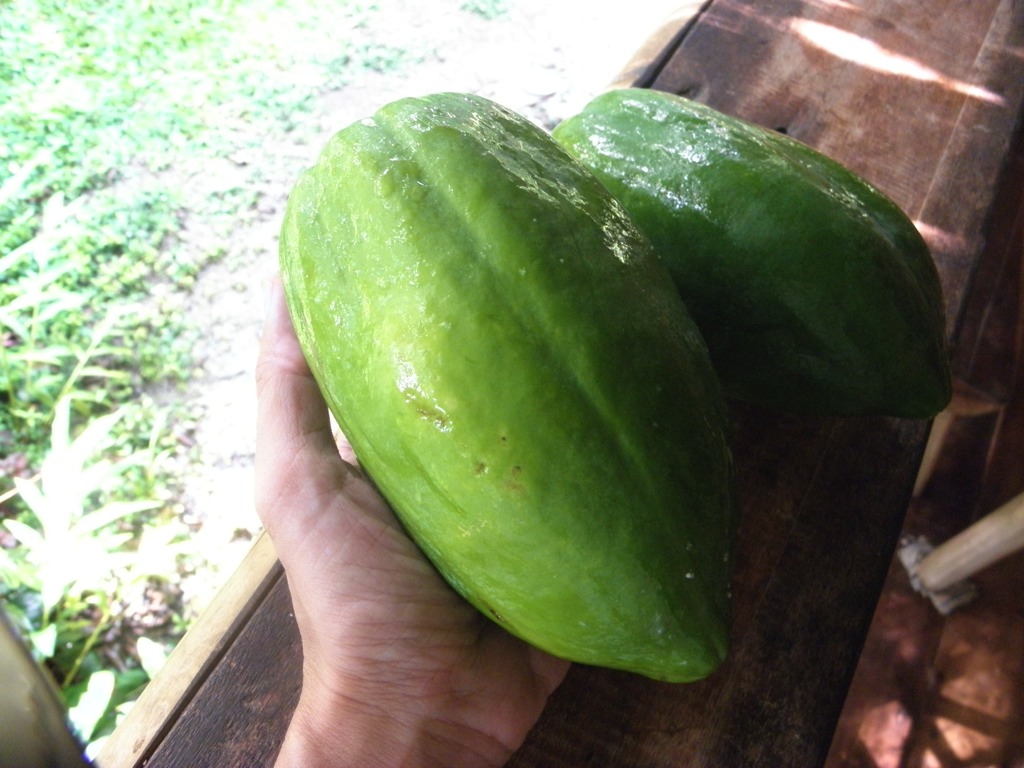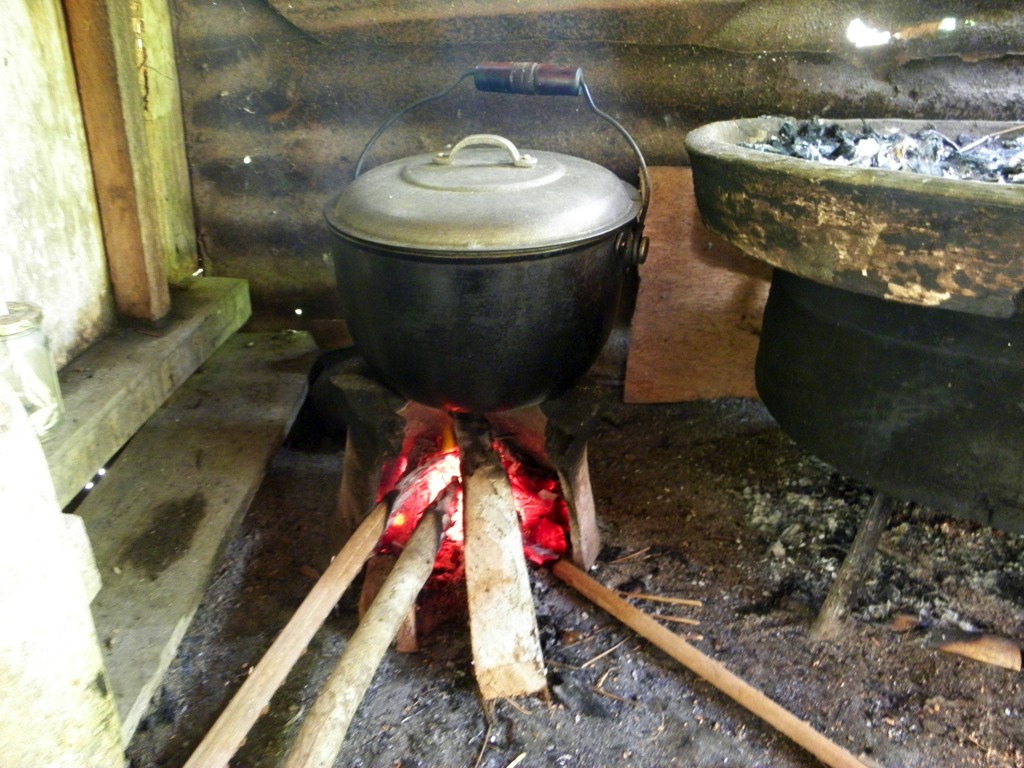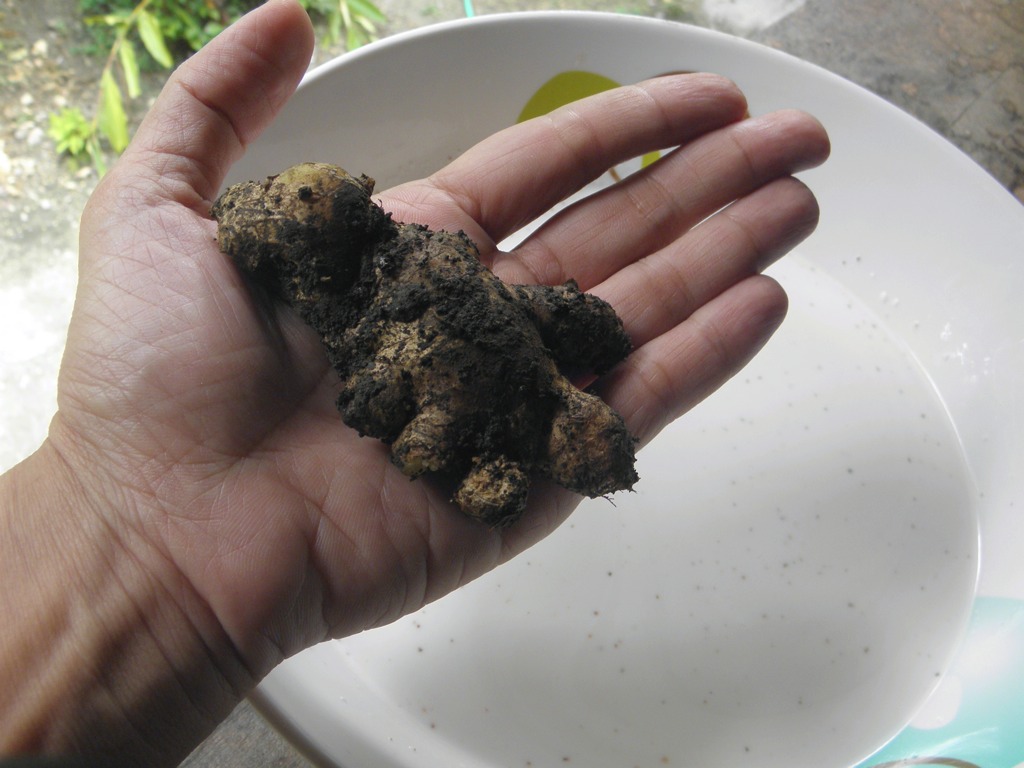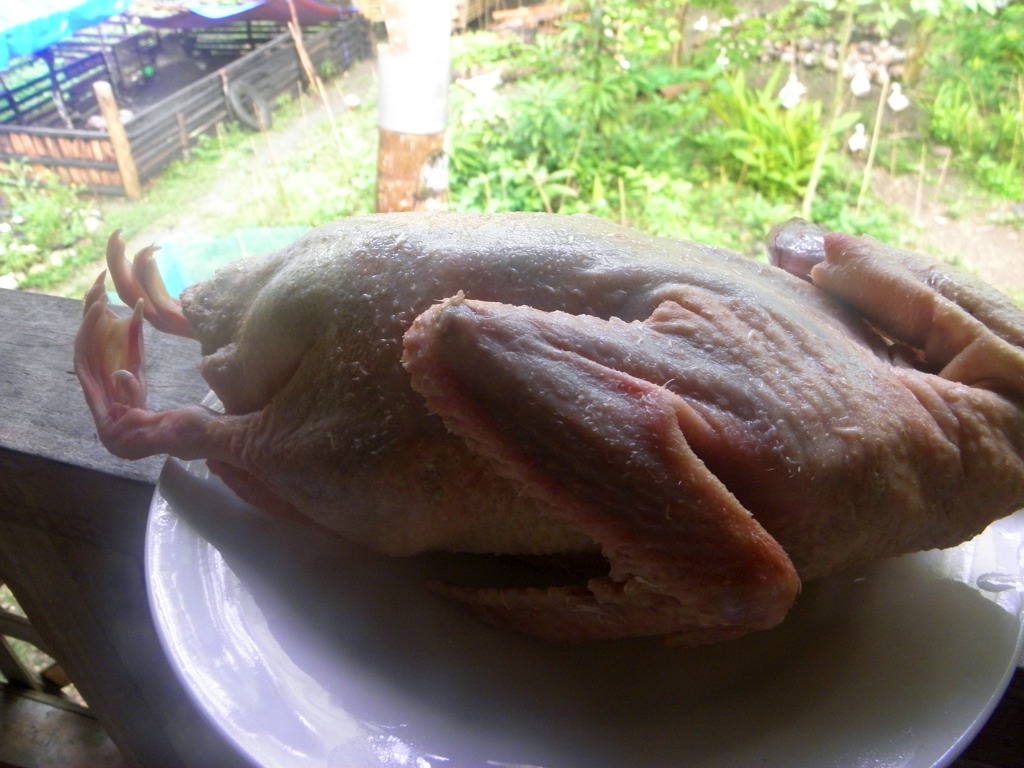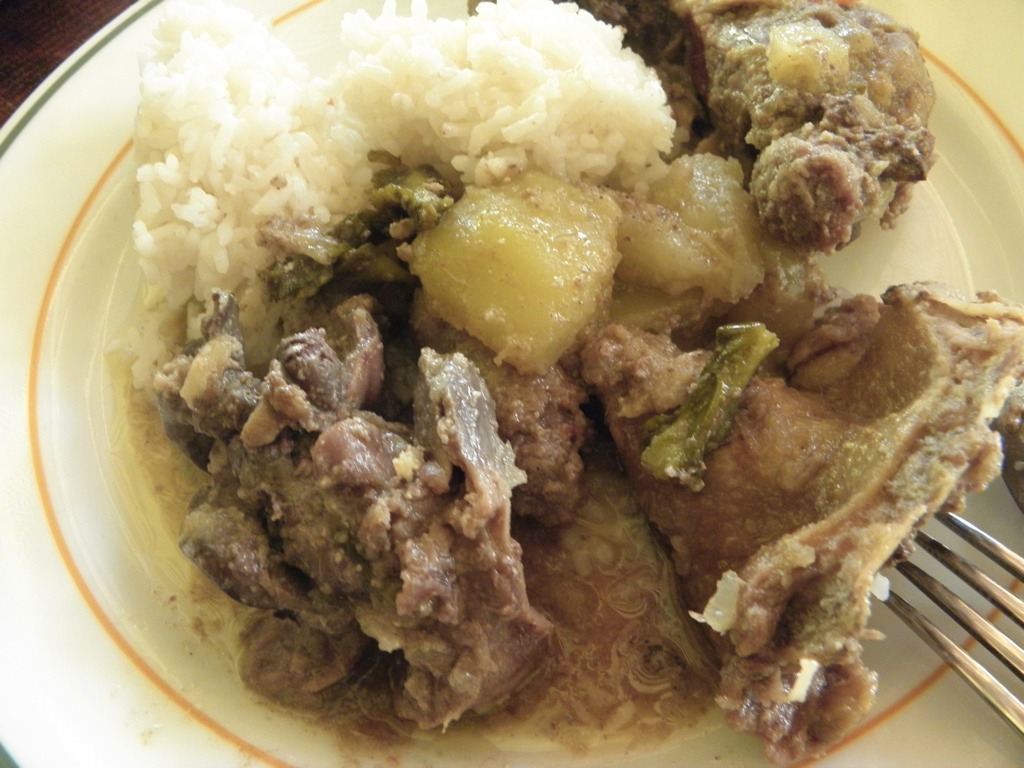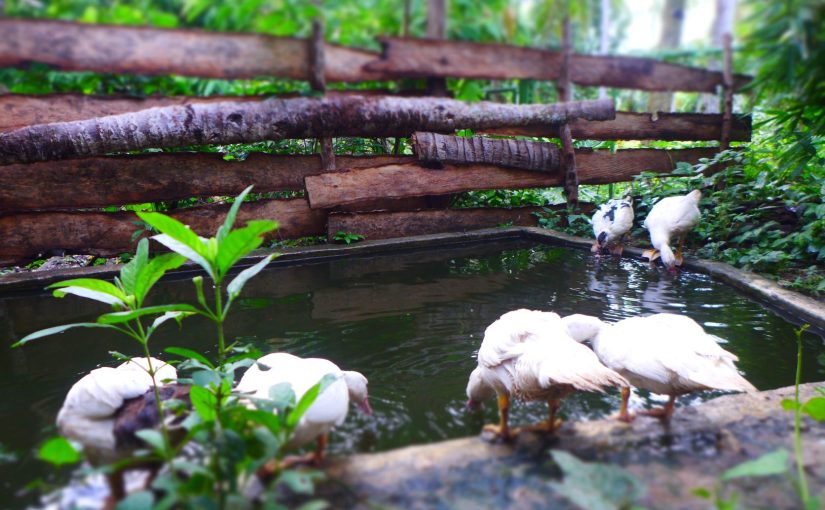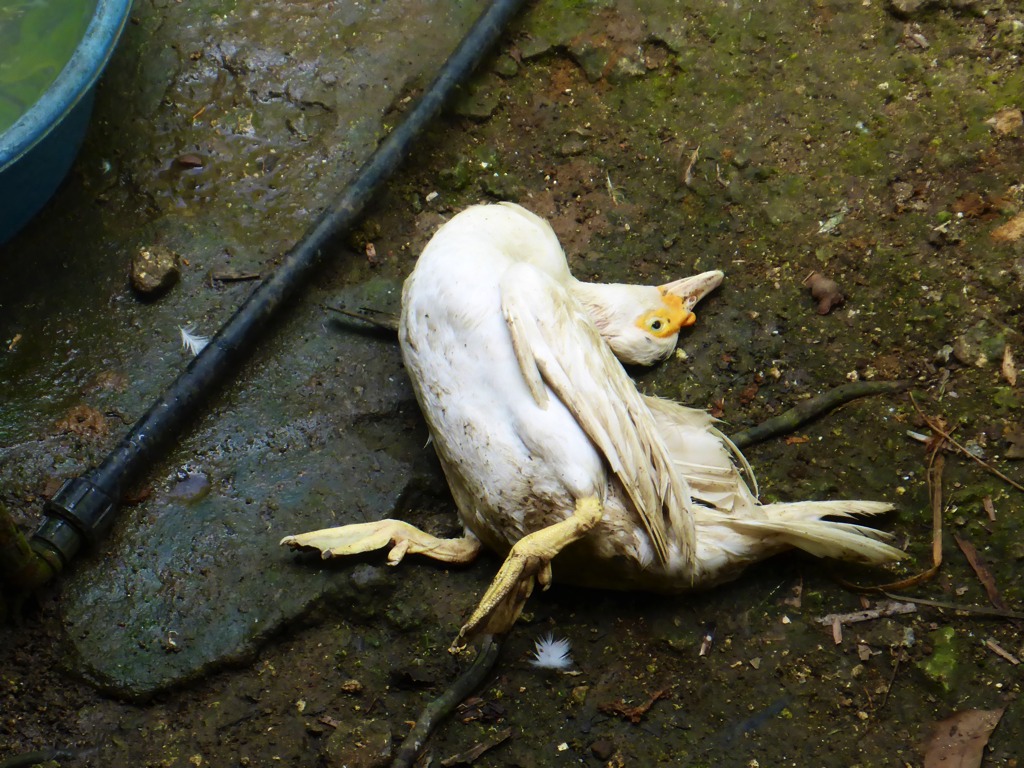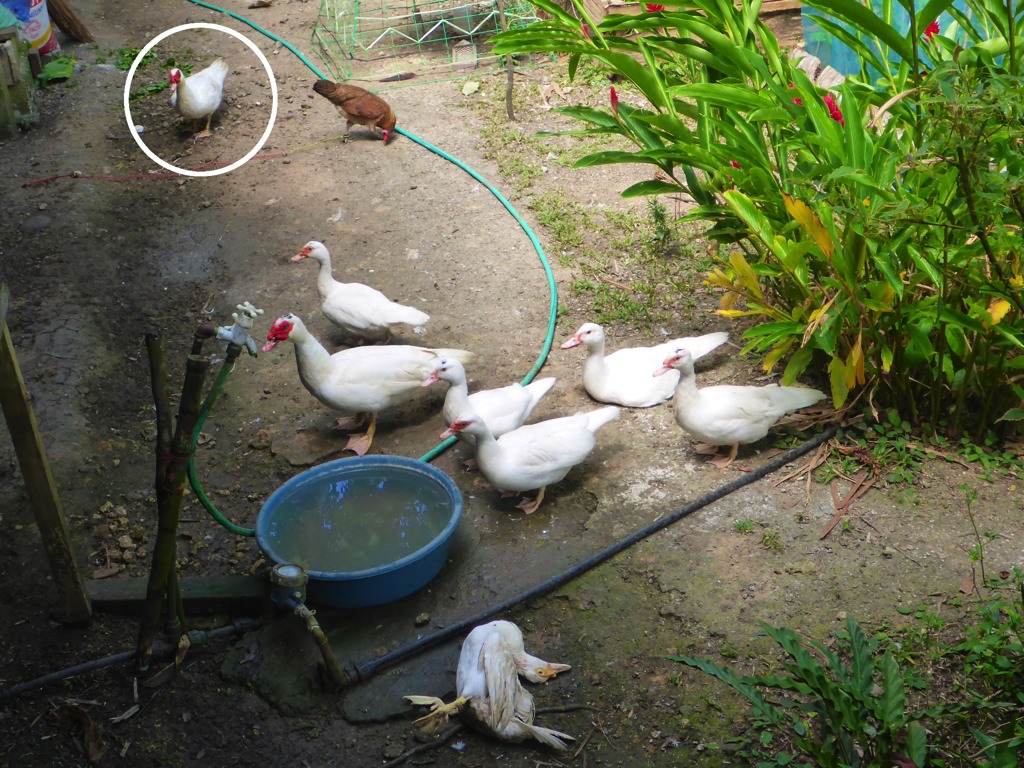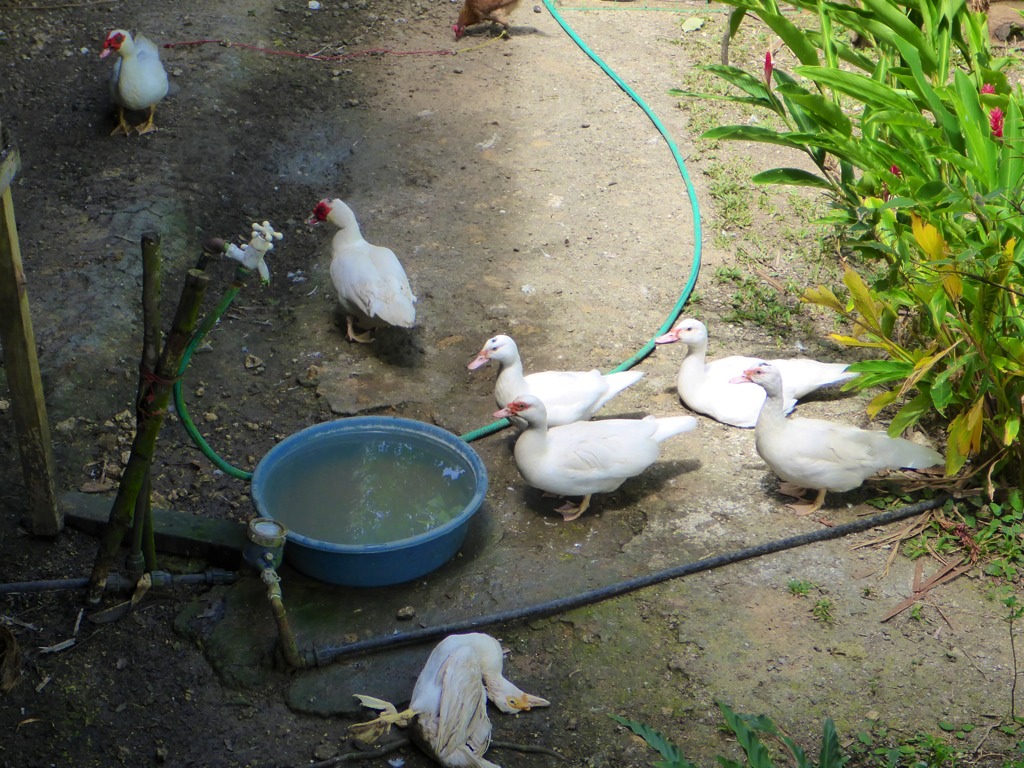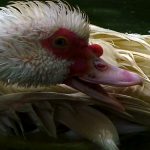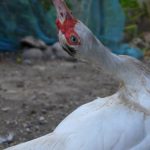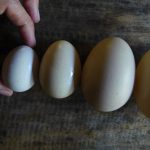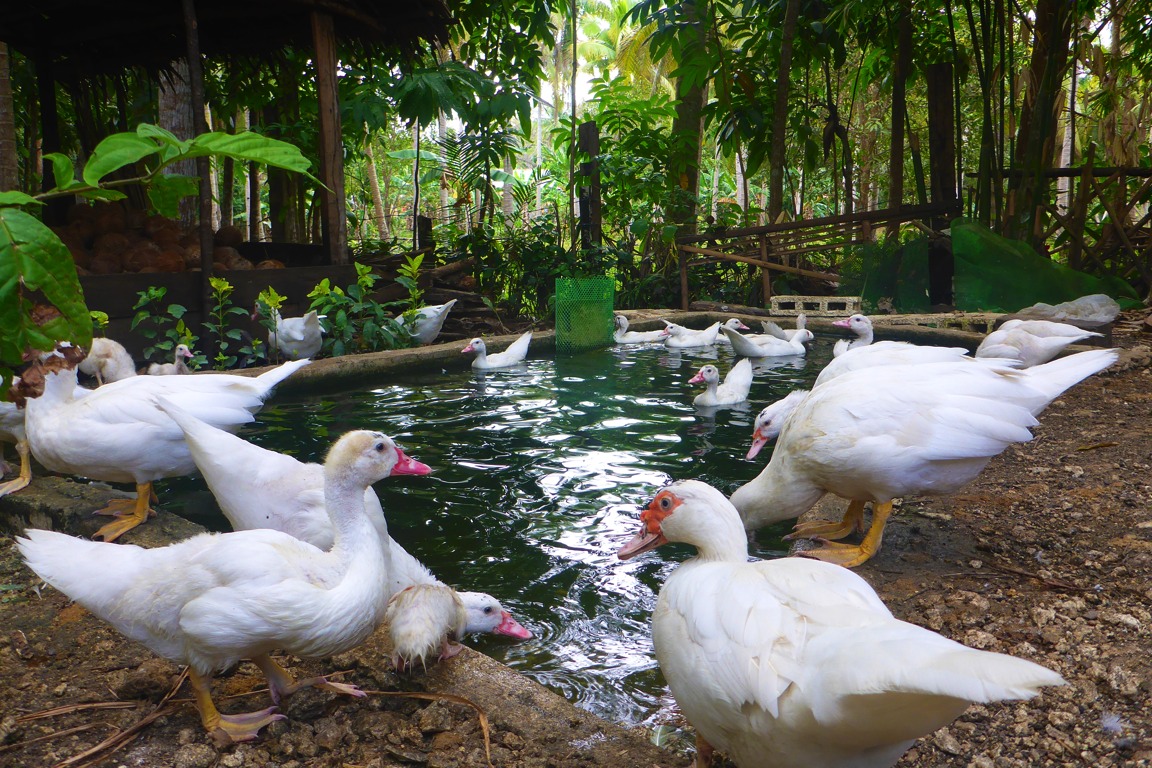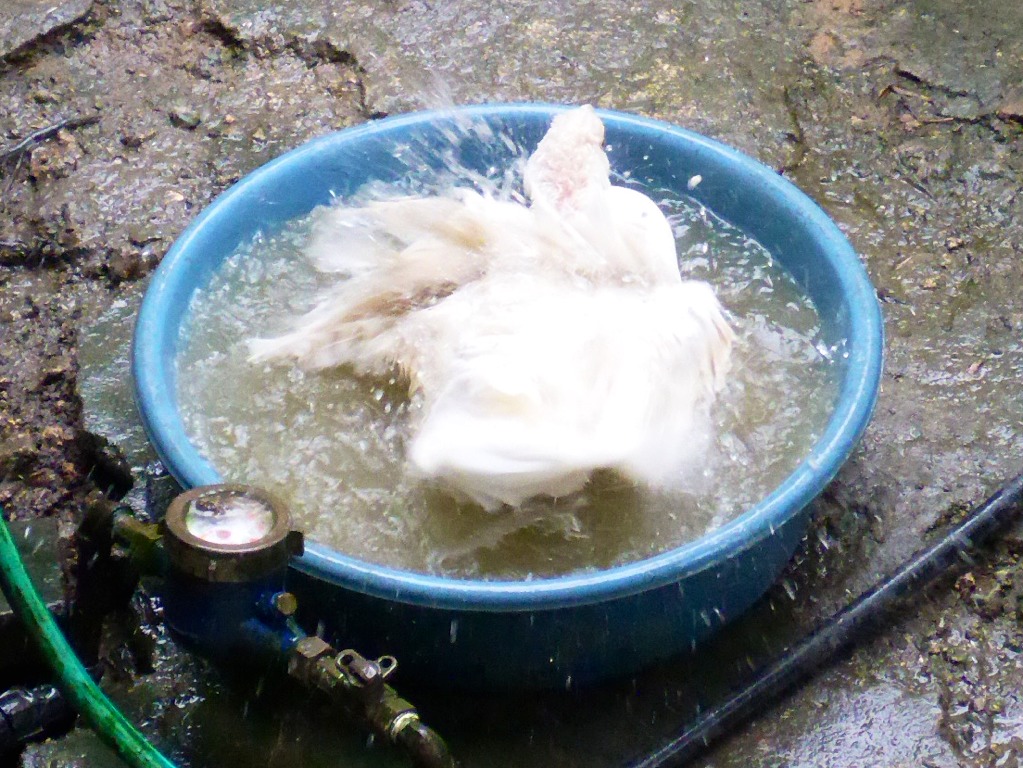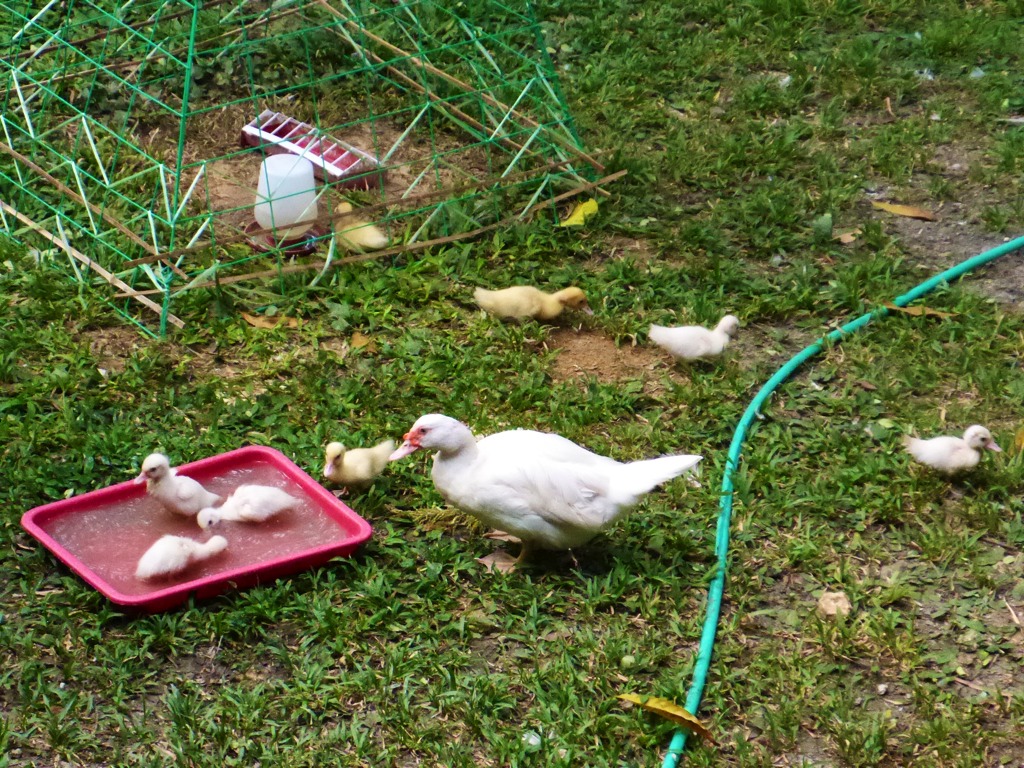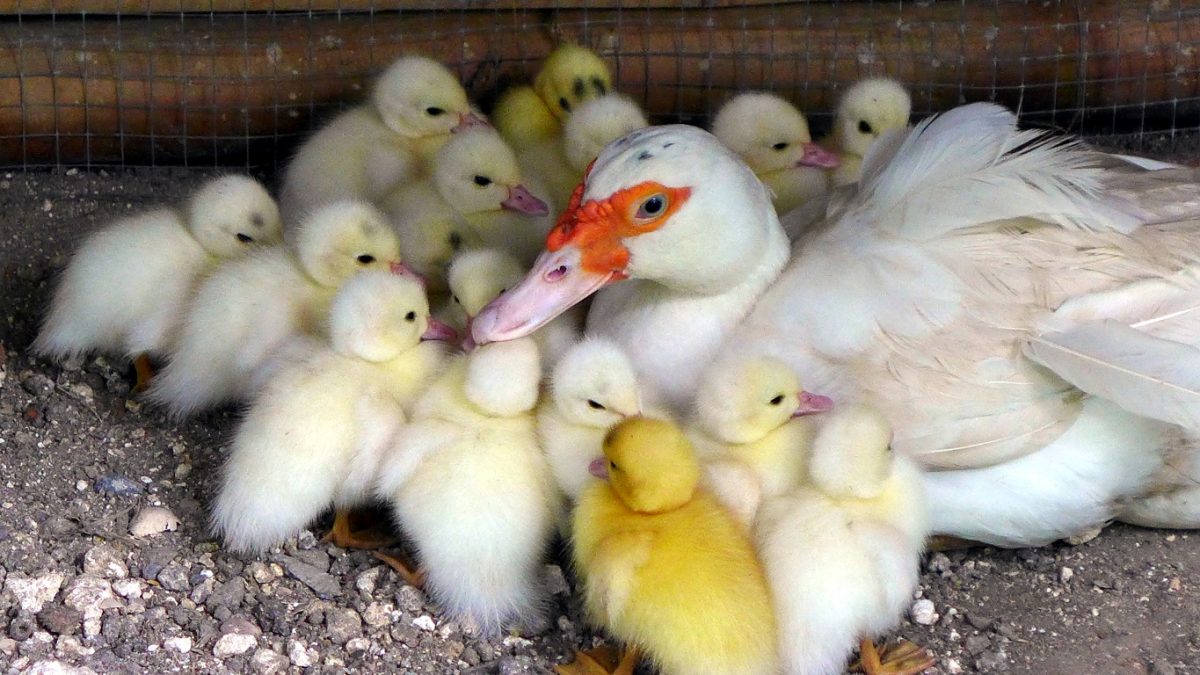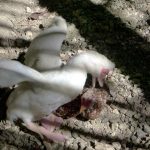“Tinabal” is the Bisayan term given to salted fish and “Inasnan” for salted meat, a tradition that goes back hundreds of years. Without the modern conveniences of refrigeration and freezing, our ancestors relied on such methods as salting to preserve meats for future use.
Here in Bohol, “Tinabal” may still be found in public markets and some supermarkets such as BQ and ICM in Tagbilaran City. A few households unreached by electricity or those without refrigerators still salt their meat and fish. The basic process involves cleaning of the meat product, rubbing with salt, keeping in a container such as a large earthenware jar, and storing in a cool dry place.
Occasionally, I make salted (and cured) meats. I do this because of the taste and texture which I sometimes crave for. Also, instead of buying cured meats from the shops, I prefer to make my own so I can control how much curing powder (nitrite, key ingredient in Prague Powder) is used. Another reason to salt meat is when we have just slaughtered a pig and there is a surplus of meat that cannot be placed in the freezer.
Here are some of the basic principles of salting and curing meat:
- Fish or meat is dried to prevent microbial and enzymatic transformations – this preserves the flesh before putrefaction can set in.
- In humid environments, fish or meat cannot dry quickly enough before putrefaction. Here, salting is used to hasten the drying process. Smoking is yet another means of drying meat and fish.
- Through the physical process of osmosis, salting draws water out of flesh and at the same time, renders the meat less hospitable for microbial growth. The longer you keep meat in salt, the more stable and salty it becomes.
- Salted meats like bacon and some types of ham are salted for only a short time because they are cooked before eating. Country hams, prosciutto, ham and other meats eaten raw are salted and hung to dry for much longer time.
- While salting adds to the flavour, taste and texture of meat and fish, sugar and spices may be included in the salt. Curing salt (Prague Powder) which contains nitrates/nitrites is sometimes used, especially in the case of sausages where food safety is more critical because ground meat means more of the flesh is exposed to air and microbial activity than whole slabs of meat.
Salting the Duck Meat
So, here’s the duck breast and thighs that I prepared several days ago. The duck breast without the bone weighs about 250 grams and the thighs (with a bit of bone intact) weighs 150 grams. This is a total of 400 grams of meat that I’ll be salting.
So, how much salt should be added? The standard is 6% salt based on the weight of the meat. So, 400 grams of meat need about 24 grams of salt. To this I added the same amount of sugar for flavour.
I prepared the meat and with clean hands, massaged the salt (and sugar) all over the meat (use coarse sea salt which naturally contains nitrate). When done, I put the salted meat in a sealed container, this is plastic. Don’t use metal because the salt will cause a chemical reaction. You can use earthenware, ceramic or glass. The meat is then placed in the refrigerator. Check on the meat after a day or so to pour out any liquid that has accumulated.
How long should the meat be salted?
It takes about 1-2 days for every 500 grams of meat to be adequately salted or you can weigh the meat to find out: the meat should lose about 15 percent of its initial weight. For my 400-gram duck meat, that means the meat is ready at 340 grams.
Should I Use Prague Powder?
You can use Prague Powder #1 (6.25% sodium nitrite) to achieve that colour, taste and texture associated with cured meats like bacon and ham. Although not necessary when curing meat for a short period (a few days to a couple of weeks) and under refrigeration, you might wish to use this curing salt in addition to the salt and spices. The amount to be used is 1/2 teaspoon per kilo of meat. Mix with cold water to use.
If you are curing sausages as well as certain types of hams intended to be eaten raw, you should use Prague Powder #2 (6.25% sodium nitrite and 4% sodium nitrate). The amount to be used is 1/2 teaspoon per kilo of meat. Mix with cold water to use.
Finishing
At this point, all I need to do is wash the duck meat in cold water to remove the salt, dry thoroughly with paper towels, then wrap in cheesecloth, wax paper or plastic and keep in a cool dry place, or refrigerate – and slice as desired.
To test the salted duck meat, you can slice bit off and cook it. If it is too salty, soak it in cold water and put in the refrigerator for 24 hours. Then drain and dry as described above.
Here’s some of the salted duck meat chopped and cooked with some string beans and okra. It’s the perfect flavouring for vegetables!
